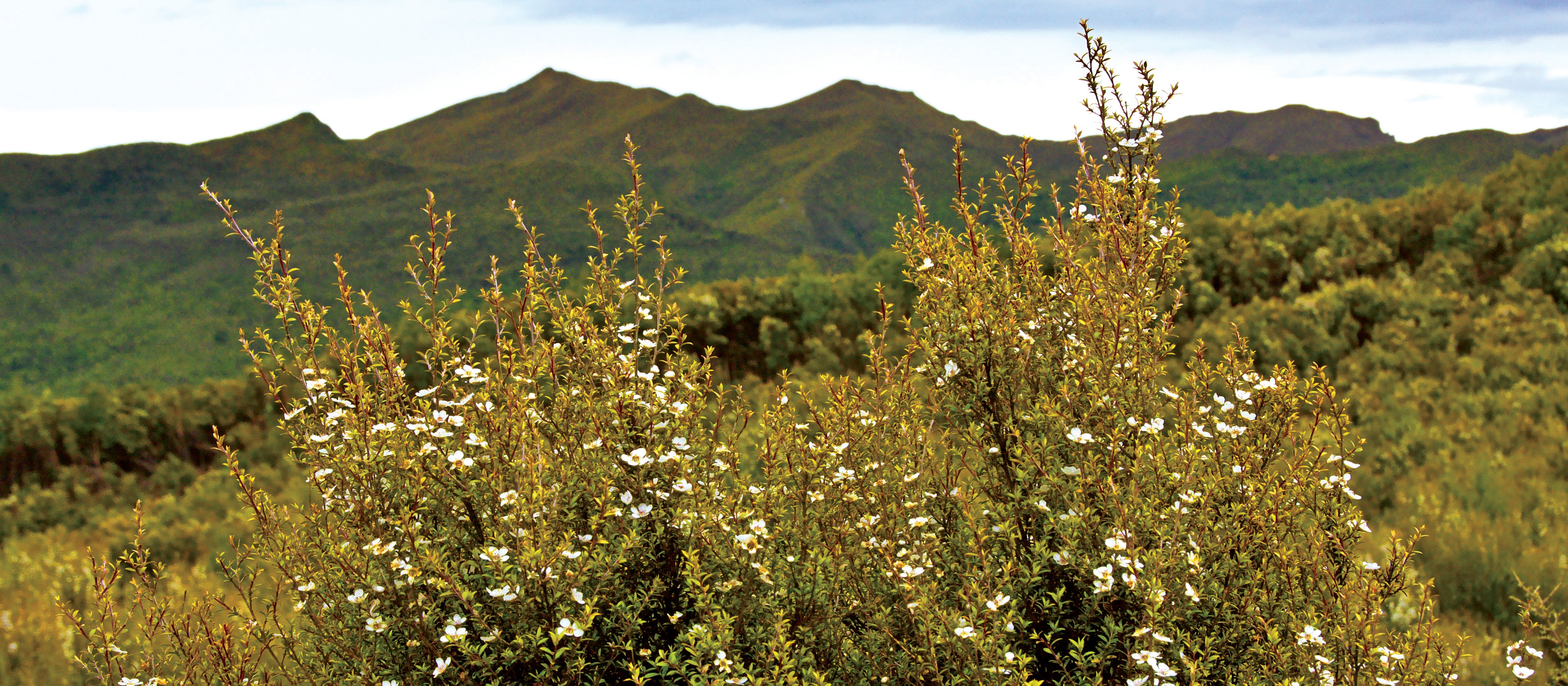Academic pharmacist Nataly Martini highlights the importance of understanding non-Hodgkin lymphoma and pharmacists’ roles in managing this condition
Mānuka: It’s not all about honey and oil

Registered pharmacist and medical herbalist Phil Rasmussen explores the wide range of medicinal uses for all parts of the mānuka tree
1. Kamaratos AV, et al. Manuka honey-impregnated dressings in the treatment of neuropathic diabetic foot ulcers. Int Wound J 2014;11(3):259–63.
2. Gethin GT, Cowman S, Conroy RM. The impact of Manuka honey dressings on the surface pH of chronic wounds. Int Wound J 2008;5(2):185–94.
3. Nolan VC, Harrison J, Wright JEE, et al. Clinical significance of manuka and medical-grade honey for antibiotic-resistant infections: A systematic review. Antibiotics (Basel) 2020;9(11):766.
4. Müller P, Alber DG, Turnbull L, et al. Synergism between Medihoney and rifampicin against methicillin-resistant Staphylococcus aureus (MRSA). PLoS One 2013;8(2):e57679.
5. Liu M, Lu J, Müller P, et al. Antibiotic-specific differences in the response of Staphylococcus aureus to treatment with antimicrobials combined with manuka honey. Front Microbiol 2015;5:779.
6. al Somal N, Coley KE, Molan PC, et al. Susceptibility of Helicobacter pylori to the antibacterial activity of manuka honey. J R Soc Med 1994 Jan;87(1):9–12.
7. Christoph F, Kubeczka KH, Stahl-Biskup E. The composition of commercial manuka oils from New Zealand. Journal of Essential Oil Research 1999;11:705–10.
8. Kiilleen DP, Larsen L, Dayan FE, et al. Nortriketones: Antimicrobial trimethylated acylphloroglucinols from manuka (Leptospermum scoparium). J Nat Prod 2016;79:564–69.
9. Mathew C, Tesfaye W, Rasmussen P, et al. Manuka oil – a review of antimicrobial and other medicinal properties. Pharmaceuticals 2020;13:343–54.
10. Orchard A, van Vuuren SF, Viljoen AM, et al. The in vitro antimicrobial evaluation of commercially essential oils and their combinations against acne. Int J Cosmet Sci 2018;10.1111/ics.12456.
11. Chen CC, Yan SH, Yen MY, et al. Investigations of kanuka and manuka essential oils for in vitro treatment of disease and cellular inflammation caused by infectious microorganisms. J Microbiol Immunol Infect 2016;49:104–11.
12. Michalczyk A, Ostrowska P. Essential oils and their components in combating fungal pathogens of animal and human skin. J Mycol Med 2021;31(2):101118.
13. Elisa B, Aldo A, Ludovica G, et al. Chemical composition and antimycotic activity of six essential oils (cumin, fennel, manuka, sweet orange, cedar and juniper) against different Candida spp. Nat Prod Res 2019;1–6.
14. Perry NBB, Van Klink JW, Harris W, et al. Essential oils from New Zealand Manuka and Kanuka: chemotaxonomy of Leptospermum. Phytochemistry 1997;44:1485–94.
15. Muturi EJ, Selling GW, Doll KM, et al. Leptospermum scoparium essential oil is a promising source of mosquito larvicide and its toxicity is enhanced by a biobased emulsifier. PLoS One 2020;15(2):e0229076.
16. Muturi EJ, Ramirez JL, Doll KM, et al. Combined toxicity of three essential oils against Aedes aegypti (Diptera: Culicidae) larvae. J Med Entomol 2017;54(6):1684–91.
17. George DR, Smith TJ, Shiel RS, et al. Mode of action and variability in efficacy of plant essential oils showing toxicity against the poultry red mite, Dermanyssus gallinae. Vet Parasitol 2009;161:276–82.
18. Fang F, Candy K, Melloul E, et al. In vitro activity of ten essential oils against Sarcoptesscabiei. Parasit Vectors 2016;9(1):594.
19. Riley M. Maori Healing and Herbal. Paraparaumu, NZ: Viking Sevenseas; 1994.
20. Kwon OS, Jung SH, Yang BS. Topical administration of manuka oil prevents UV-B irradiation-induced cutaneous photoaging in mice. Evid Based Complement Alternat Med 2013;2013:930857.
21. Wicaksono WA, Jones EE, Monk J, et al. The bacterial signature of Leptospermum scoparium (mānuka) reveals core and accessory communities with bioactive properties. PLoS One 2016;11(9):e0163717.
22. Prosser JA, Anderson C, Horswell J, et al. Can manuka antimicrobial properties be utilised in the remediation of pathogen contaminated land? Soil Biology and Biochemistry 2014;75:167–74.





